Cats have long been cherished as enigmatic and graceful companions, capturing the hearts of millions with their mysterious yet endearing behaviors. One of their most fascinating features is their whiskers, the remarkable sensory tools that often go unnoticed until one takes a closer look. These delicate yet robust structures hold secrets to a cat’s daily life, offering insights into their movement, communication, and even their emotions. Join us as we delve into twelve intriguing facts about cats’ whiskers and uncover the remarkable abilities these whiskers bestow upon our feline friends.
Fact 1: Whiskers Are Highly Sensitive
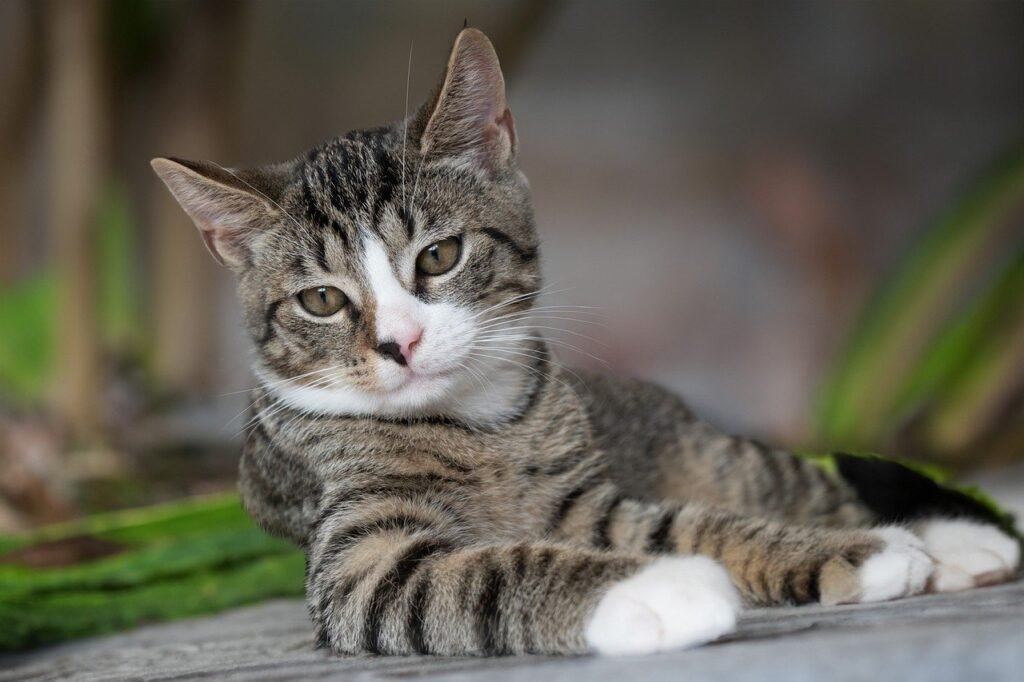
Whiskers, or vibrissae, are incredibly sensitive touch receptors. Each whisker is rooted three times deeper in the skin than ordinary hair and is embedded with a rich supply of nerve endings. These nerve endings convey crucial sensory information to the brain, allowing cats to detect even the slightest changes in their environment. This heightened sensitivity is what makes whiskers so integral to a cat’s spatial awareness.
Fact 2: They Serve as Navigation Tools
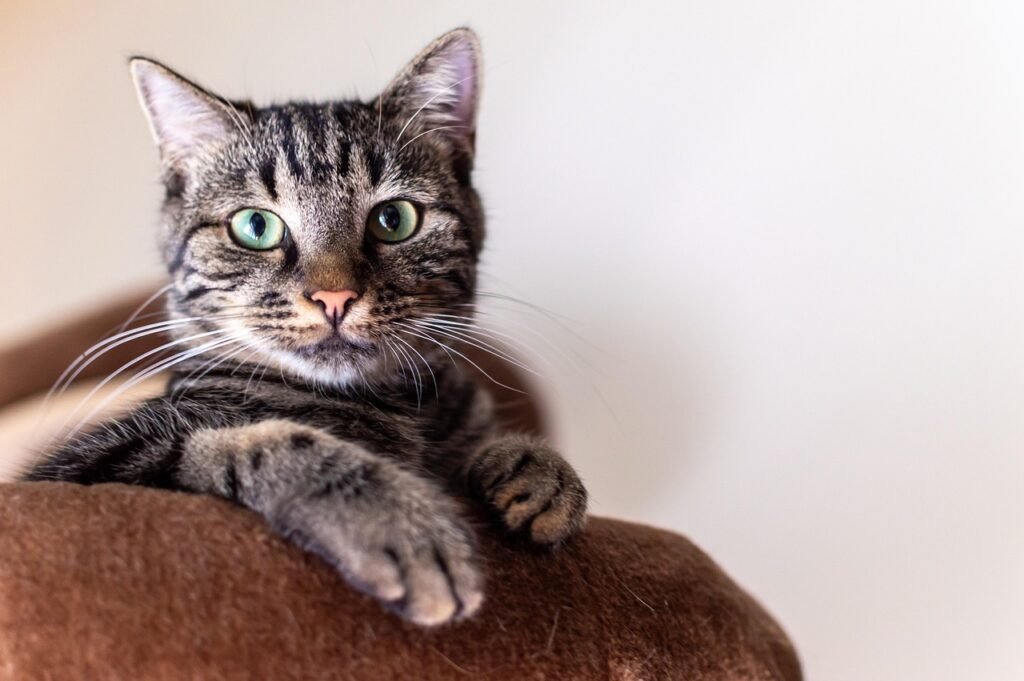
Whiskers are vital for navigation, especially in low-light conditions. Spread out in a precise pattern along the cat’s face, whiskers extend to the width of their body, helping them determine whether they can fit through tight spaces. This spatial detection allows them to move gracefully and avoid potential hazards, even in darkness.
Fact 3: Whiskers Aid in Hunting
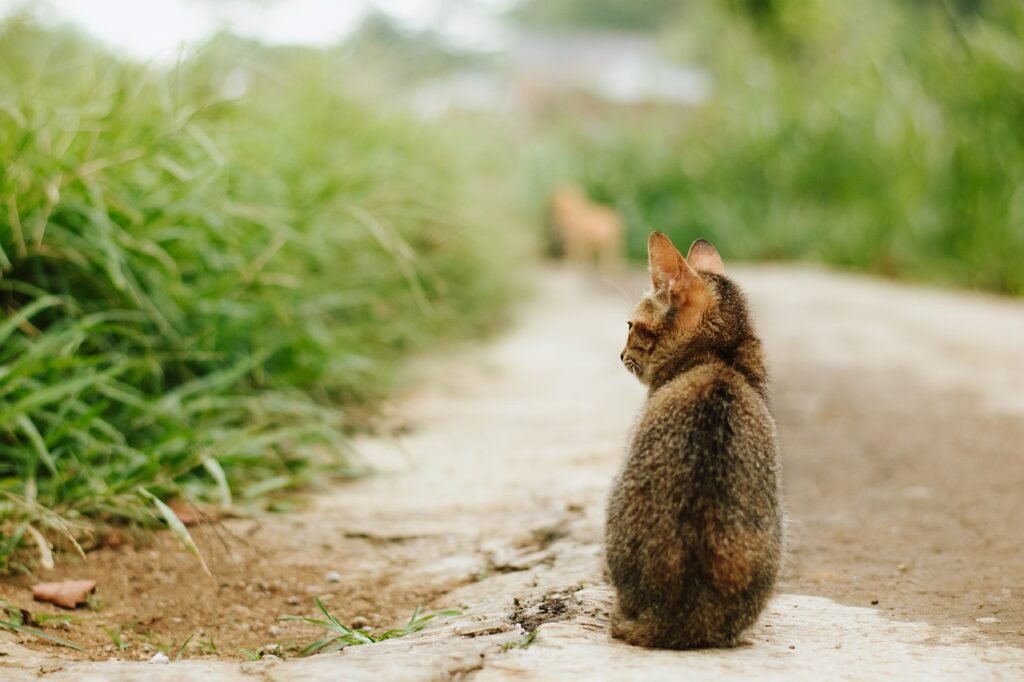
During hunting, a cat’s whiskers play a critical role. They help detect the slightest movements of prey, allowing the cat to make precise decisions during the chase and capture. The whiskers on the back of their front legs also enhance their hunting skills by aiding in sensing prey during pursuit.
Fact 4: Whiskers Reflect Emotions
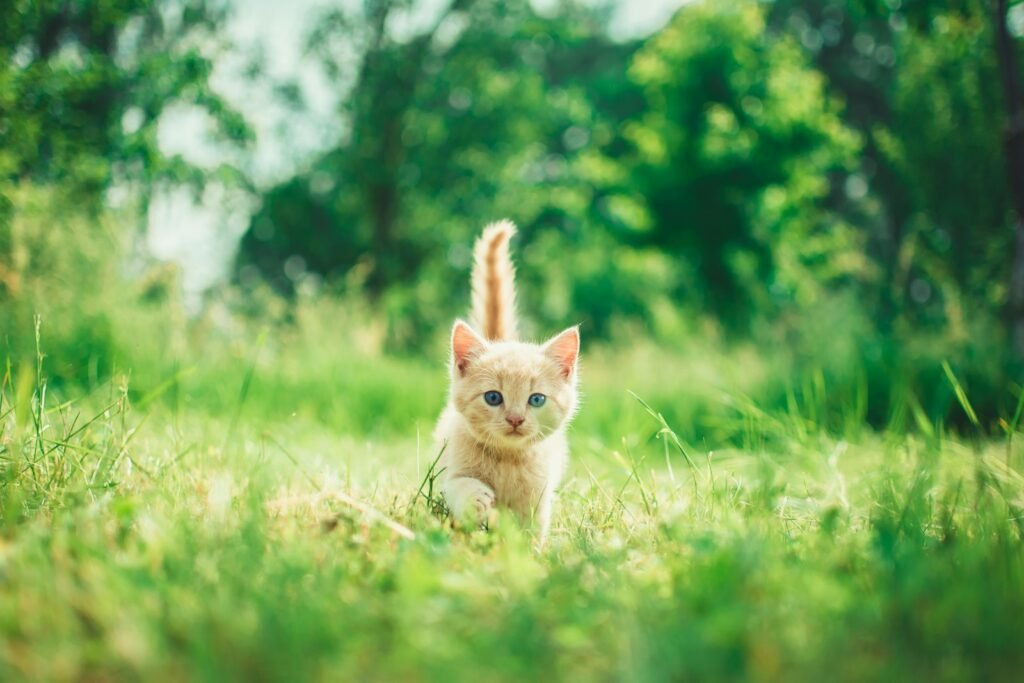
Cats are known for their subtle expressions, and whiskers are key indicators of their emotions. When a cat is relaxed, whiskers stand to the sides. But if the cat is excited or threatened, the whiskers will move forward, while a startled cat might pull its whiskers back against its face. Observing whisker positions can provide insights into a cat’s mood and intentions.
Fact 5: They Protect the Face and Eyes
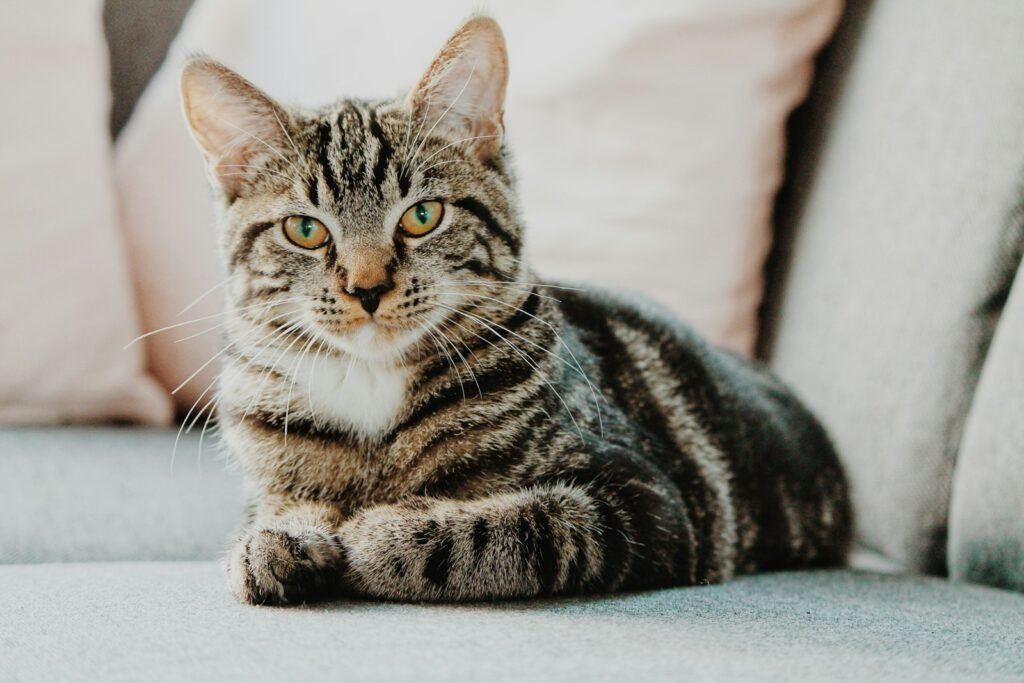
Whiskers act as a defensive mechanism, protecting sensitive areas like the face and eyes. They trigger a blink reflex when objects come too close, preventing injury. This protective quality is especially useful in dense foliage or unfamiliar environments where unexpected obstacles may lurk.
Fact 6: Whiskers Are Breakable But Regrown
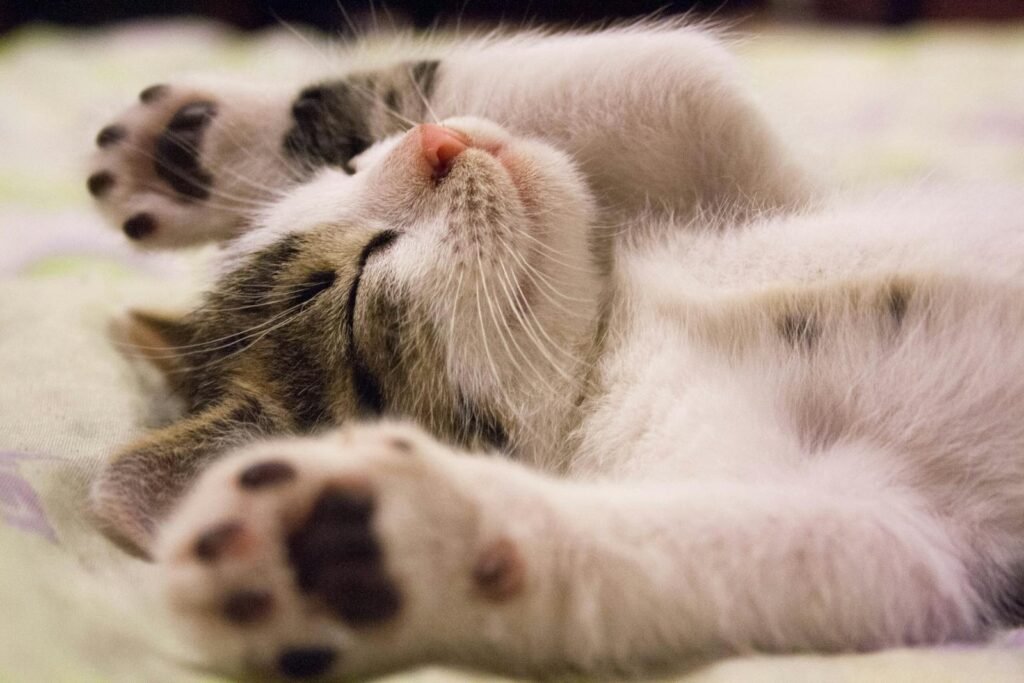
Despite their sturdy appearance, whiskers can break. Unlike ordinary fur, cats don’t shed whiskers regularly. However, if a whisker breaks, it will regenerate, ensuring that the cat doesn’t lose its sensory advantage for long. Proper nutrition supports healthy whisker growth, emphasizing the importance of a well-balanced diet for cats.
Fact 7: Different Breeds Have Different Whisker Patterns
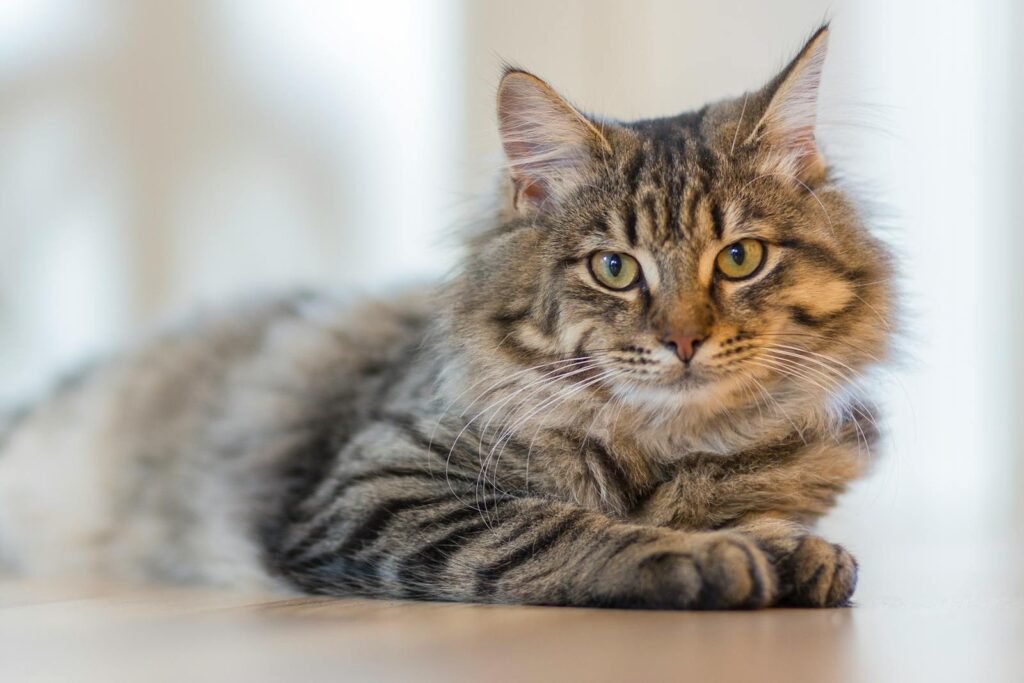
While all cats have whiskers, the number and length can vary by breed. For instance, breeds like the Maine Coon boast longer whiskers, complementing their larger size and offering added sensory perceptions. This diversity highlights how feline anatomy is tailored to suit different environments and lifestyles.
Fact 8: Whiskers Aid in Measuring Distance
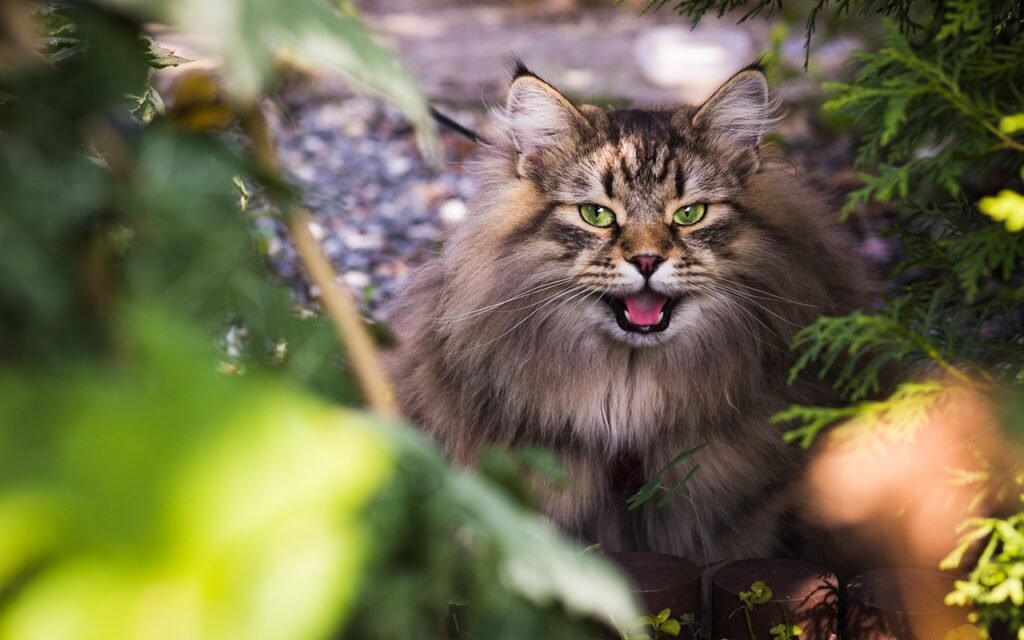
Beyond assessing whether they can fit through spaces, whiskers help cats judge distances in their everyday activities. This ability is crucial when a cat leaps or hunts, as it allows them to calculate precise movements. The vibrissae provide the feedback necessary to perform these intricate maneuvers with confidence.
Fact 9: Whiskers Have a Lifespan of Their Own
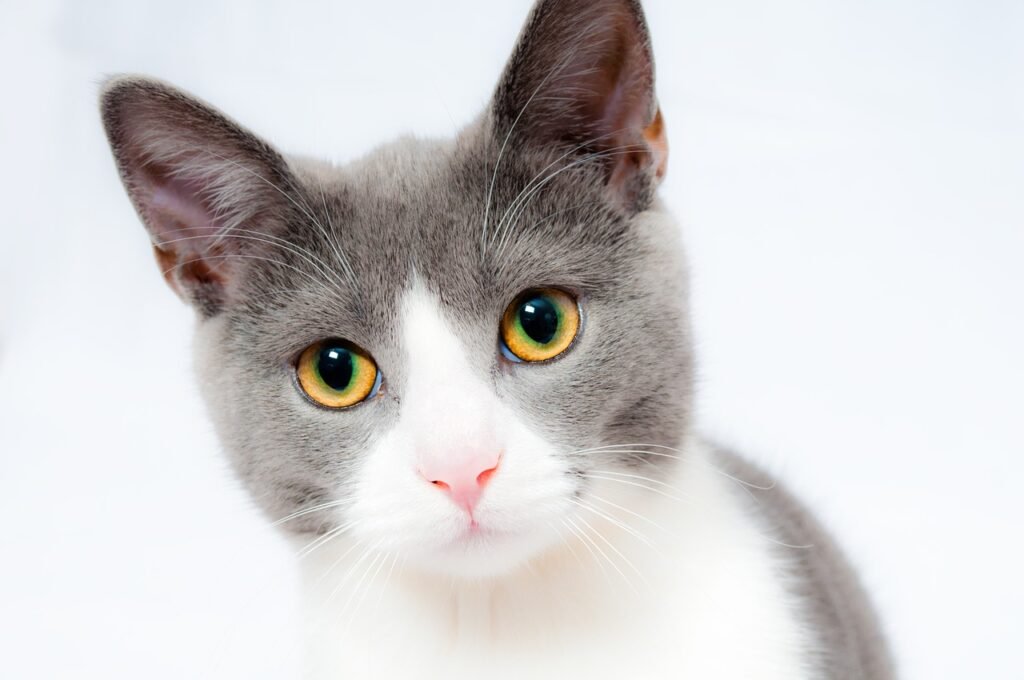
Each whisker follows its growth cycle, eventually shedding and being replaced naturally. Typically, a whisker’s lifespan is longer than that of regular fur, maintaining its functional capacity without frequent turnover. This longevity ensures consistent sensory input, crucial for a cat’s survival and well-being.
Fact 10: They Help Cats Communicate
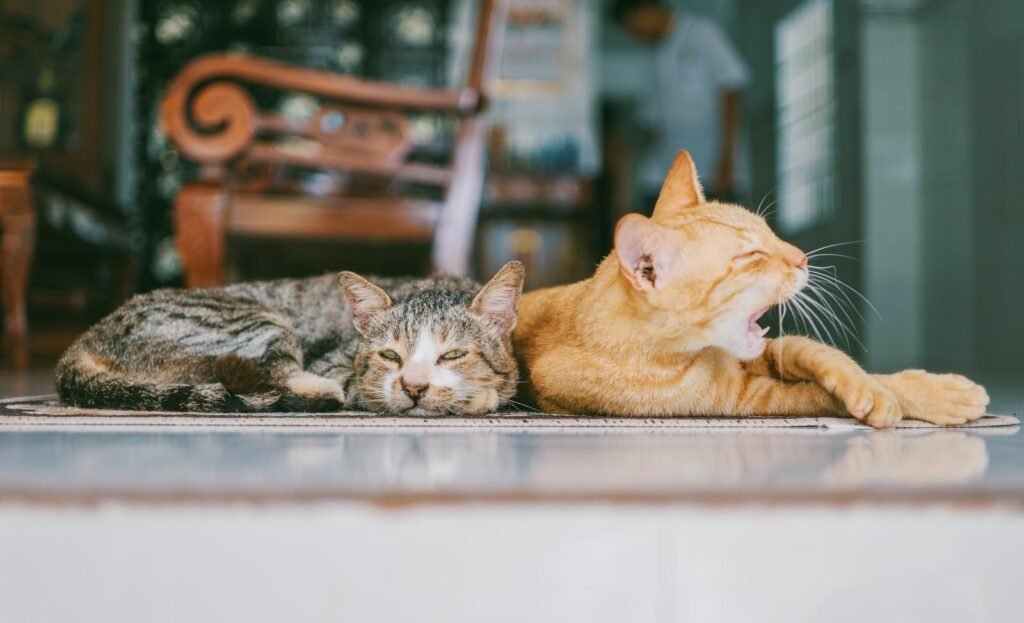
Cats utilize whiskers in social interactions as an additional communication tool. A cat might slightly twitch its whiskers during play or social grooming to signal friendliness and contentment to others. This subtle form of communication often goes unnoticed by humans but is well understood in the feline world.
Fact 11: Stress Can Impact Whisker Health
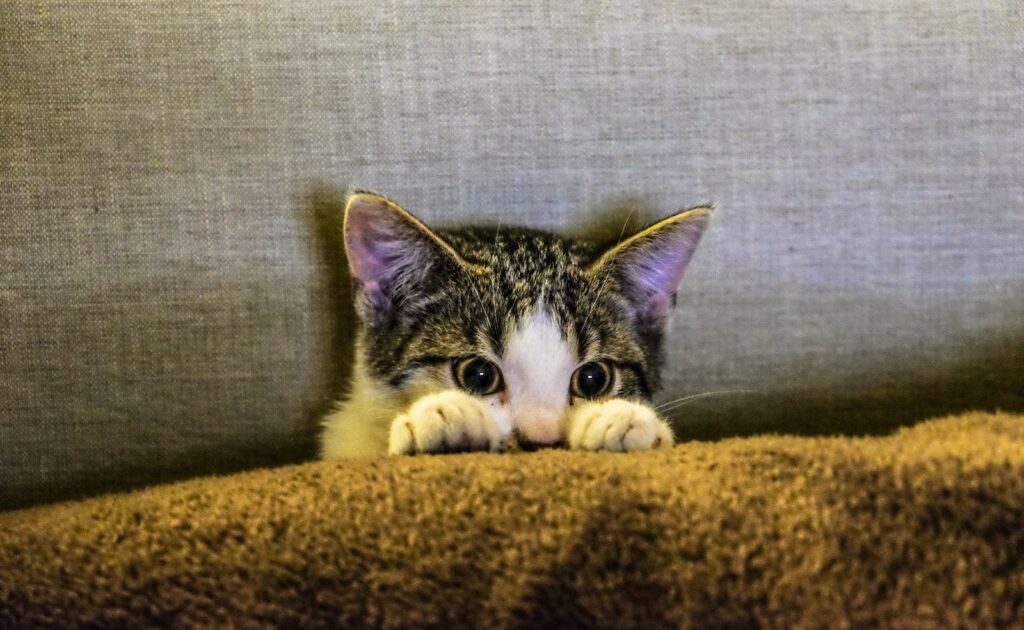
Chronic stress can affect whisker health and function. Cats experiencing stress may lose whiskers more frequently, impacting their ability to gather sensory information effectively. Monitoring whisker health can be an indicator of a cat’s overall well-being and stress levels, prompting owners to ensure a stable, stress-free environment.
Fact 12: Vibrissae Are Not Limited to the Face
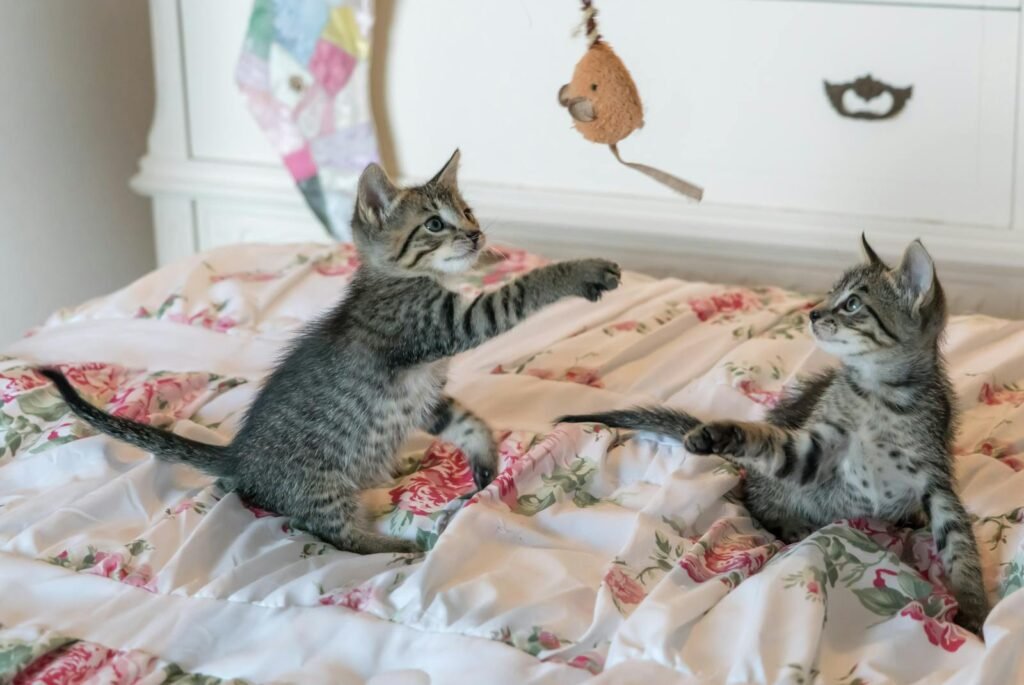
Many people assume whiskers only exist on a cat’s face, but vibrissae also appear on the cat’s legs, notably above the paws. These additional whiskers enhance their exploratory and hunting capabilities, allowing them to interact with their environment below their line of sight.
Conclusion
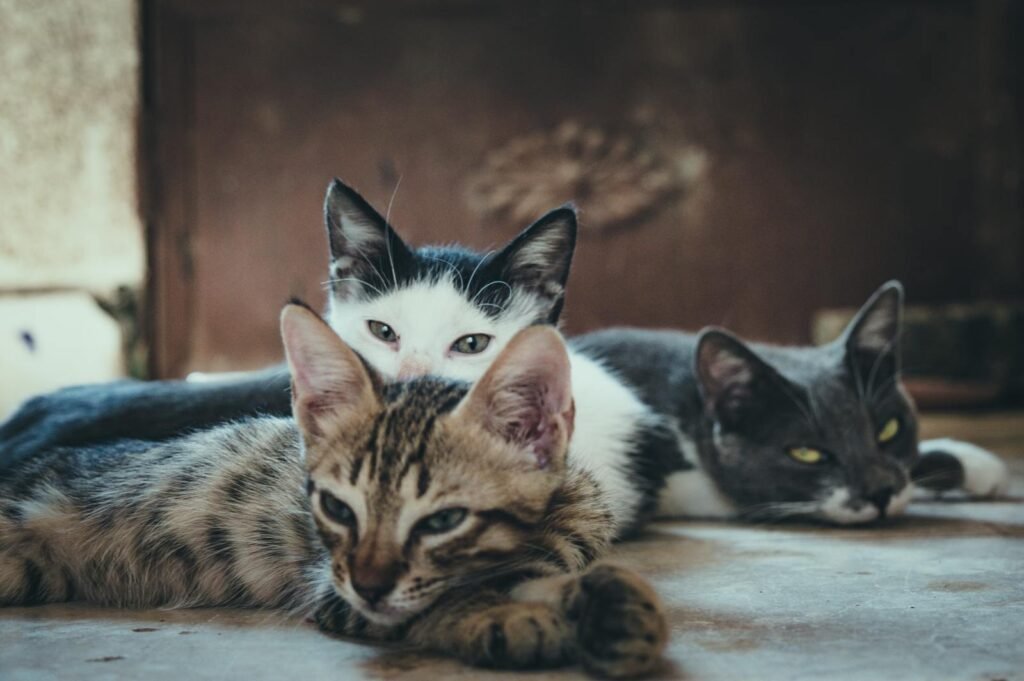
Cats’ whiskers are not merely decorative; they are sophisticated sensory instruments that play vital roles in a cat’s life. They enable precise navigation, enhance hunting skills, express emotions, provide protection, and contribute to social communication. Understanding the diverse functions of whiskers provides a new perspective on the complexity and adaptability of these remarkable animals. As cat owners, recognizing the significance of whiskers can deepen our appreciation and care practices, ensuring our feline companions thrive in their environments.
Hi, I’m Bola, a passionate writer and creative strategist with a knack for crafting compelling content that educates, inspires, and connects. Over the years, I’ve honed my skills across various writing fields, including content creation, copywriting, online course development, and video scriptwriting.
When I’m not at my desk, you’ll find me exploring new ideas, reading books, or brainstorming creative ways to solve challenges. I believe that words have the power to transform, and I’m here to help you leverage that power for success.
Thanks for stopping by, Keep coming to this website to checkout new articles form me. You’d always love it!






